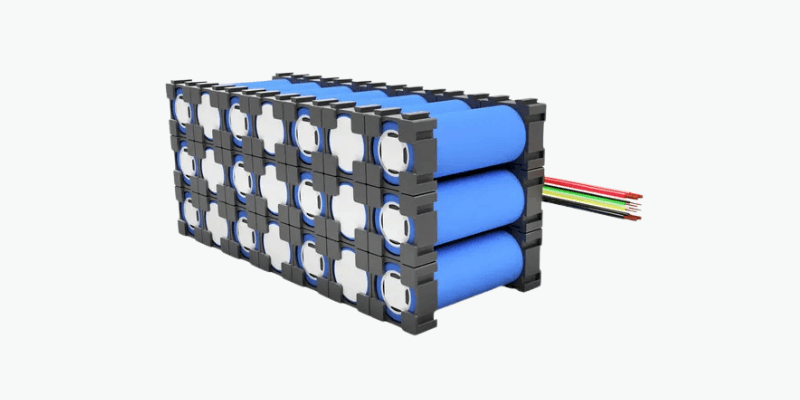Domanda di pacchi batteria personalizzati è aumentato a causa dei progressi nei veicoli elettrici, nei sistemi di energia rinnovabile ed elettronica portatile. Queste soluzioni bilanciano i costi e le prestazioni per soddisfare varie esigenze industriali, dall'estensione degli intervalli di EV all'alimentazione di dispositivi medici.
Con il mercato globale del pacco batteria personalizzato che si prevede di crescere a un CAGR del 10,5% (raggiungendo $ 22,43 miliardi entro il 2033), è essenziale comprendere i loro compromessi economici. Questo articolo esplora come le opzioni di personalizzazione, le strategie del marchio e le scelte materiali modellano l'equazione dei costi-prestazioni.
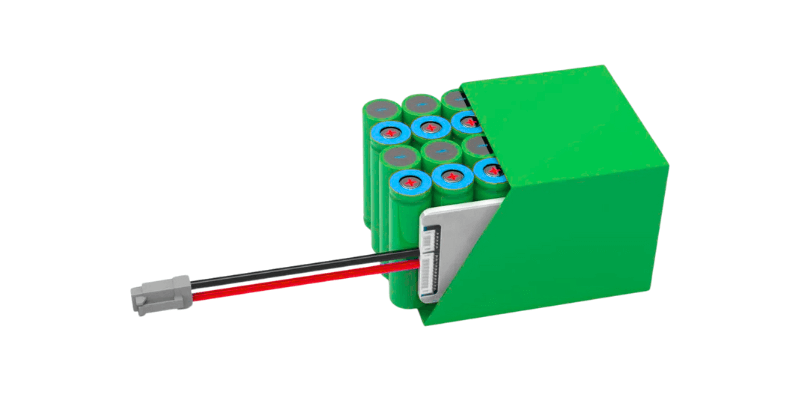
Opzioni di personalizzazione del pacco batteria
Quando si personalizzano i pacchetti di batterie, le preferenze possono variare. Alcuni possono scegliere un pacchetto già pronto con un BMS personalizzato, mentre altri potrebbero preferire una cella di batteria personalizzata con un BMS standard. Si tratta di trovare ciò che funziona meglio per ogni progetto.
La personalizzazione del pacco batteria coinvolge diversi fattori, tra cui:
Selezione di chimica cellulare
La scelta della chimica della batteria determina le metriche delle prestazioni chiave come densità di energia, stabilità termica e costi del ciclo di vita.
Le batterie agli ioni di litio dominano a causa della loro alta densità di energia e del costo-efficacia. Le batterie a stato solido offrono una migliore sicurezza ma sono costose. Le batterie al piombo-acido e a flusso servono applicazioni di nicchia che richiedono un'uscita ad alta potenza a breve termine.
Connettori & Gruppo di filo
Le applicazioni ad alta corrente richiedono interconnessioni ingegnerizzate:
- Tipi di terminali: connettori come Anderson SB Support 350A in EVS, mentre la serie MIL-DTL-38999 offre schermatura EMI per aerospace.
- Progettazione del cablaggio: crimpatura automatizzata mantiene una resistenza di contatto inferiore a 0,5 MΩ, con aree trasversali abbinate alle richieste attuali (ad esempio, 50 mm² per 200a).
- Scienza del materiale: il rame nichelato riduce l'ossidazione e i cavi isolati al silicone resistono alle temperature da -40 ° C a 180 ° C.
La personalizzazione presenta modularità – I pacchetti di batterie strutturali di Tesla utilizzano le barre bus salvate dal laser per ridurre il peso del 10% rispetto alle connessioni bullonate.
La batteria Holo produce cavi personalizzati in base a progetti e specifiche dei clienti. Assistiamo con la selezione dei cavi e dei connettori, il layout, le tecniche di produzione e il CAD. Offriamo anche manifatturiero a breve termine prima della produzione di massa e gestire tutti gli aspetti, tra cui saldatura, terminazione, avvolgimento e test.

Componenti BMS
A Holo Battery consideriamo i sistemi di gestione delle batterie (BMS) vitale per monitorare i fattori chiave come voltaggio, livelli di corrente, temperatura e carica durante il funzionamento. Il nostro BMS si distingue integrando tutto ciò di cui hai bisogno, tra cui un preciso indicatore della batteria e caratteristiche di sicurezza. Usiamo un microcontrollore per elaborare i dati dai nostri sensori ed eseguire algoritmi specializzati.
Collaborando con i leader del settore, creiamo progetti sicuri ed economici.
Dispositivi di ricarica
La nostra soluzione di gestione dell'energia all-in-one utilizza la nostra esperienza in Caricabatterie personalizzate Per proteggere i tuoi dispositivi.
Raffinando la progettazione di pacchetti di batterie e caricabatterie, i produttori possono aumentare le tariffe di carica, determinare accuratamente quando le batterie sono completamente caricate e interrompere la carica al momento giusto.
Abbiamo una vasta esperienza con soluzioni personalizzate che utilizzano prodotti di Texas Instruments, Microchip, Dispositivi analogici, Seiko e altro ancora per migliorare la velocità e l'efficienza di ricarica estendendo la durata della durata della batteria.
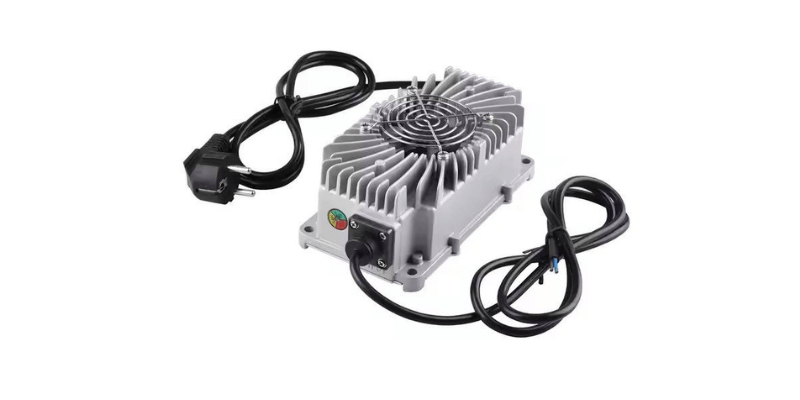
Circuiti integrati di gestione dell'alimentazione (ICS)
La sicurezza contro il surriscaldamento è importante per i pacchetti di batterie al litio.
I circuiti di sicurezza primari gestiscono estremi di sovratensione, sottotensione, sovrano e temperatura. I progetti di alta qualità includono spesso un circuito secondario per una maggiore protezione se il primario fallisce.
I circuiti di protezione nel modulo circuito di protezione (PCM) devono essere adattati a applicazioni specifiche; I PCM standard sono adatti solo per i prototipi di laboratorio. Il PCM fa parte del BMS, che monitora lo stato, riporta i dati, bilancia le celle, protegge la batteria e controlla il suo ambiente.
Le applicazioni avanzate utilizzano i circuiti integrati (ICS) con MOSFET per cambiare le celle di litio ai limiti della corrente superiore e possono incorporare protezioni non resettibili in ambienti difettosi.
Recinti & sfogo
Alcuni pacchetti di batterie sono installati internamente e richiedono solo un recinto di rimpasto, mentre altri sono montati esternamente, potenzialmente fungendo da manico o base.
Il recinto deve proteggere le cellule e l'elettronica da temperature estreme, acqua, umidità e vibrazioni.
Ecco cosa devi sapere sulla progettazione e la gestione recinti per pacco batteria personalizzato.
Le recinzioni di plastica stampate a iniezione sono comunemente utilizzate per i pacchi batteria, che coinvolgono lo stampaggio di più parti di plastica assemblate con il pacco e i circuiti, sigillati con colla, viti o saldatura ad ultrasuoni. I costi possono essere ridotti utilizzando modanature di inserimento per integrare le strisce di interconnessione e terminali.
La plastica a vuoto o formatura a vuoto è una semplice soluzione di imballaggio per piccole batterie se racchiusa dal prodotto finale.
In alternativa, i pacchetti di batterie esterni possono servire ruoli funzionali come maniglie o basi. La nostra esperienza di progettazione migliora la funzionalità garantendo al contempo la conformità ai test di shock e ambientali. Gli effetti termici devono essere considerati; Le tolleranze dovrebbero consentire un gonfiore cellulare fino al 10%.
Le custodie possono includere fori di sfiato per dissipare i gas di calore o di scarico. Le batterie intrinsecamente sicure impediscono le esplosioni in ambienti pericolosi utilizzando materiali specifici nei loro recinti e materiale invasaggio per colmare le lacune d'aria.
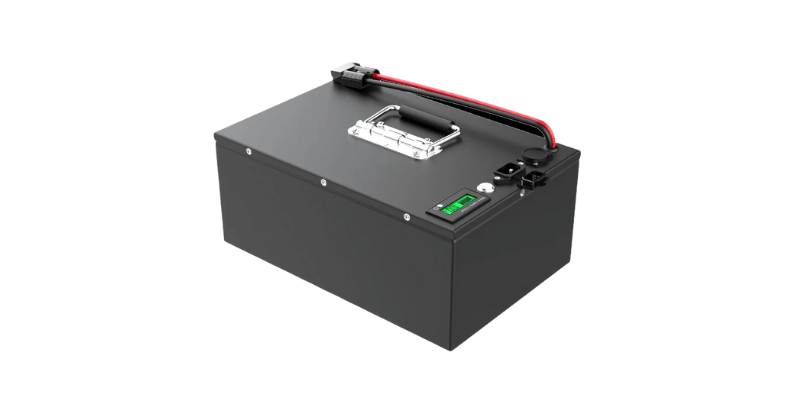
Considerazioni sul marchio del pacco batteria
Il marchio è un fattore cruciale nel costo rispetto alle prestazioni dei pacchi batteria personalizzati. I marchi delle batterie vanno dal livello basso a alto, con differenze di prezzo basate sul tipo di cella, la chimica ed elettronica.
I pacchetti di base offrono elettronica standard per la ricarica e la protezione, mentre le opzioni di fascia alta includono funzionalità avanzate come misurazione del carburante, modalità di sonno e monitoraggio dello stato di salute.
I requisiti dell'applicazione incidono significativamente sui costi e le prestazioni; Industrie come mediche, aerospaziali e militari richiedono spesso caratteristiche di sicurezza specifiche regolate da standard o regolamenti.
Fattori componenti e materiali
Le personalizzazioni possono coinvolgere ICS, connettori, recinti e altri componenti, con scelte materiali che incidono sui costi. Per istante, i terminali in alluminio sono leggeri ed economici ma hanno una resistenza e conducibilità più basse e sono più inclini alla corrosione. Al contrario, i connettori rame e placcati in oro offrono una migliore conducibilità ma sono più pesanti e più costosi.
Quando si selezionano ICS, considerare il profilo di ricarica e i requisiti dell'applicazione; I tipi di carica (gocciolamento, corrente costante/tensione, ricarica rapida) influenzano le caratteristiche e le configurazioni di sicurezza.
La topologia del caricabatterie dipende dalle serie di pacchi batteria, dal conteggio delle celle, dal percorso di gestione dell'alimentazione, dalla gamma di tensione di ingresso e dalle funzionalità di sicurezza.
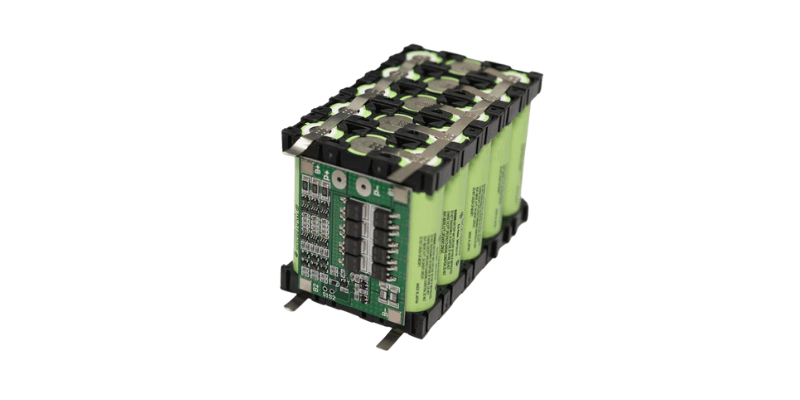
Conclusione
Sono necessarie ricerche approfondite per ottenere un pacco batteria personalizzato a causa dei diversi requisiti di applicazione e dei costi del marchio della batteria. Comprendere l'industria, le tendenze dei componenti, i mercati dei materiali e le capacità del produttore per identificare le personalizzazioni disponibili. Quindi, contatta un produttore come Holo Battery per conoscere nuove tecnologie e materiali che possono migliorare il design rimanendo a favore del budget.

